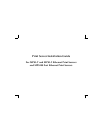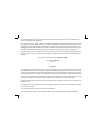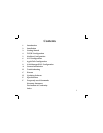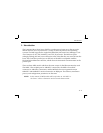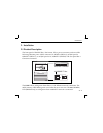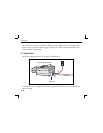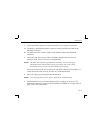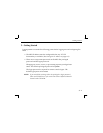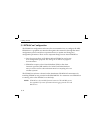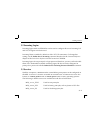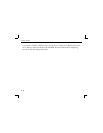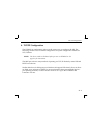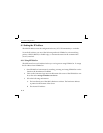
The information in this guide may change without notice. The manufacturer assumes no responsibility for any
errors which may appear in this guide.
DEC, thickwire, thinwire, VMS, VT100, and ULTRIX are trademarks of Digital Equipment Corporation. UNIX
is a registered trademark of AT&T. Ethernet is a trademark of XEROX. NetWare is a trademark of Novell Corp.
AppleTalk, Chooser, and Macintosh are trademarks of Apple Computer Corp. Windows NT and Windows for
Workgroups are trademarks of Microsoft Corporation. PostScript is a trademark of Adobe Inc. Portions copyright
1989,1991,1992,1993 Regents of the University of California. All rights reserved. Used with permission.
Copyright 1998, Lantronix. All rights reserved. No part of the contents of this book may be transmitted or repro-
duced in any form or by any means without the written permission of Lantronix. Printed in the United States of
America.
The revision date for this manual is
October 6, 1998
.
Part Number:
900-146
Rev. A
WARNING
This equipment has been tested and found to comply with the limits for a Class A digital device pursuant to Part
15 of FCC Rules. These limits are designed to provide reasonable protection against such interference when op-
erating in a commercial environment. This equipment generates, uses, and can radiate radio frequency energy, and
if not installed and used in accordance with this guide, may cause harmful interference to radio communications.
Operation of this equipment in a residential area is likely to cause interference in which case the user, at his or her
own expense, will be required to take whatever measures may be required to correct the interference.
Changes or modifications to this device not explicitly approved by Lantronix will void the user's authority to op-
erate this device.
Cet appareil doit se soumettre avec la section 15 des statuts et règlements de FCC. Le fonctionnement est subjecté
aux conditions suivantes:
(1) Cet appareil ne doit pas causer une interférence malfaisante.
(2) Cet appareil doît accepter n'importé quelle interférence reìue qui peut causer une opération indésirable



